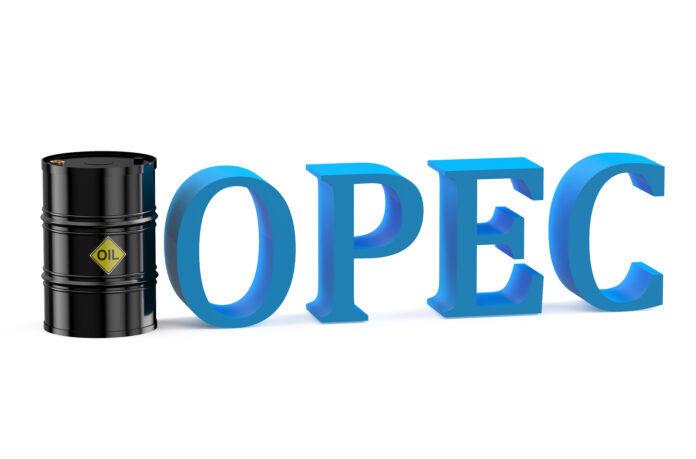The latest March 2024 Monthly Oil Market Report of the Organization of Petroleum Exporting Countries (OPEC) has shown with data that the number of functional oil drilling rigs across the Nigeria increased marginally to 16 in February.
This is amidst fluctuation of production in the country’s average crude oil production between December 2023 and February 2024. The country produced 1.47mbpd in 2023, while production in February decreased by 6.33% m/m to 1.54 million barrels per day (mbpd) in February 2024, down from 1.63mbpd in January 2024.
The data released by the OPEC showed that the country’s oil rigs increased from 15 in January to 16 in February. A development which industry operators described as significant for the production of crude.
The Chief Executive Officer of the Nigerian Upstream Petroleum Regulatory Commission, Gbenga Komolafe, in a presentation obtained in Abuja, stated that the country’s oil drilling rigs had increased by over 270 per cent in the last three years.
This, according to him, had also impacted the country’s oil output lately, as Nigeria was gradually approaching the oil production quota approved by OPEC.
“275 per cent growth in rig count from just eight in 2021 to an average of 30 in the past one year. Early first oil was achieved in recently streamed fields through accelerated FDPs.
He also noted that a total of about $2.5bn investment was expected in 175 wells drilling in the year 2022 – 2023.
“A total of $2.68bn investment in 842 well workovers and other well intervention activities in the year 2022 – 2023 resulting in increased average oil production,” Komolafe stated.
According to Komolafe, though the actual national crude oil production currently averages 1.33 million barrels per day and 256,000 barrels of condensate per day, the national technical production potential currently stands at 2.26 million bpd, while the current OPEC quota is 1.5 million bpd.
OPEC data showed that the country operated an average of 13, 16 and 14 oil rigs in the second, third and fourth quarters of 2023, respectively. An oil rig/platform is a large structure with facilities to extract and process petroleum and natural gas that lie in rock formations beneath the seabed.
Nigeria, as an oil/gas-rich nation, drills crude oil daily from onshore and offshore sources for export.
It earns more than 80 per cent of its foreign exchange from oil; hence, the number of functional oil drilling rigs across the country is vital.
The international oil cartel revealed that Nigeria’s oil rig count was lowest in 2021, when only an average of seven rigs was functional.
It rose to an average of 10 rigs in 2022 and increased to an average of 14 rigs in 2023.
The NUPRC boss further stated: “Closing the gap between the actual oil production and the technical potential presents a window of investment opportunities for investors and a significant opportunity for Nigeria to unlock additional revenue streams, address the current foreign exchange gap and strengthen her economic resilience. So there is opportunity in every disability.”
He remarked the commission had also intensified efforts in collaborating with international oil companies to ensure accelerated maturation and development of some high-volume deep offshore assets.
“The commission has created further investment opportunities through the ongoing licensing round for seven deepwater acreages, as well as the proposed 2024 closed bids expected to increase the nation’s reserve and production and boost national revenue.
“At this point, permit me to reiterate that both open and closed bids are permissible by the law as Section 73(1) of the PIA does not preclude either approach, so far as the licensing round is ‘…based on a fair, transparent and competitive bidding process’,” he explained.
Source: Punch
Do you want to share your impact stories or pitch the coverage of your CSR event to us? E-mail: editor@impactwatch.net or *Phone +234-806-795-0250 (Whatsapp &Text)





